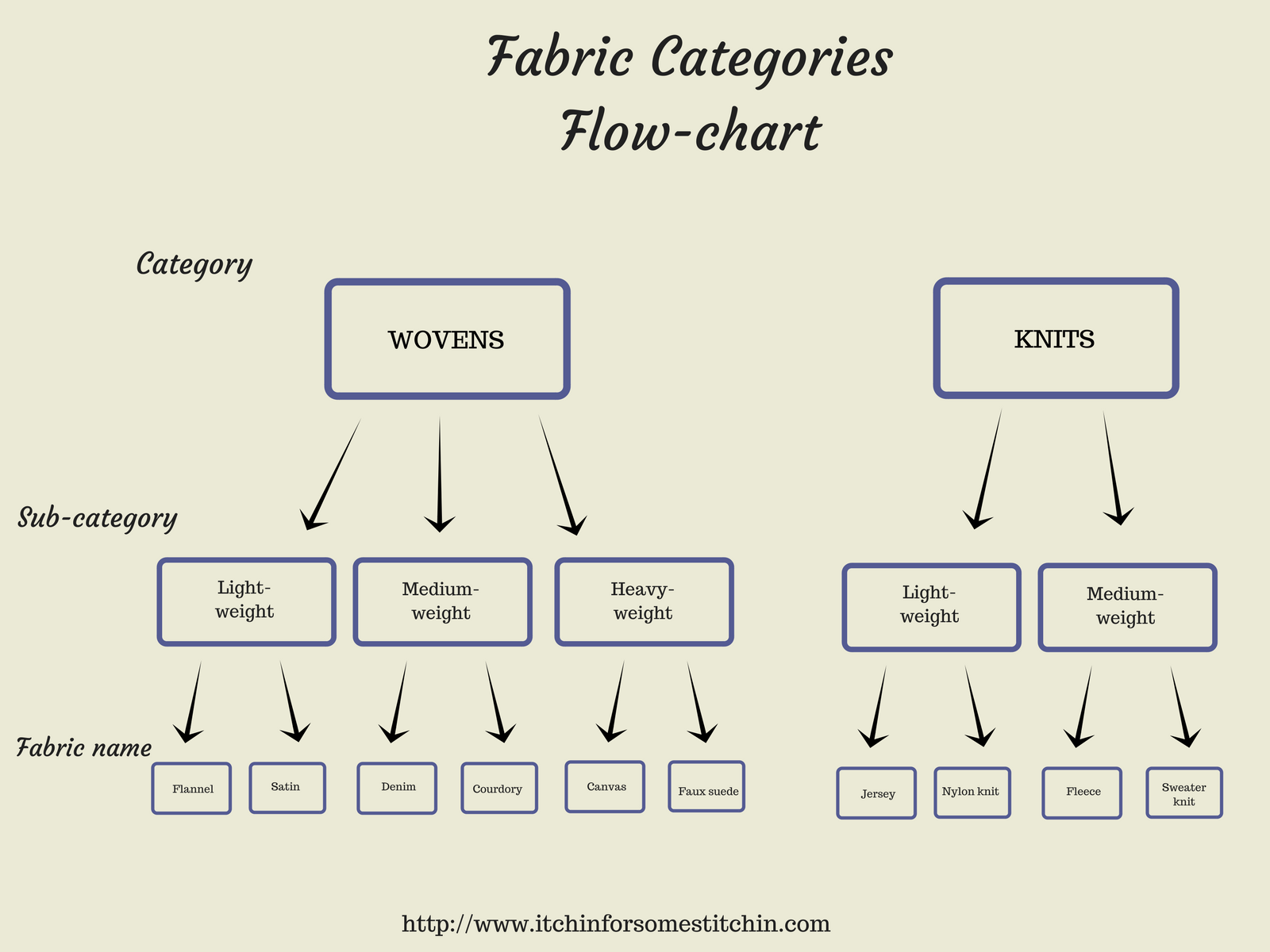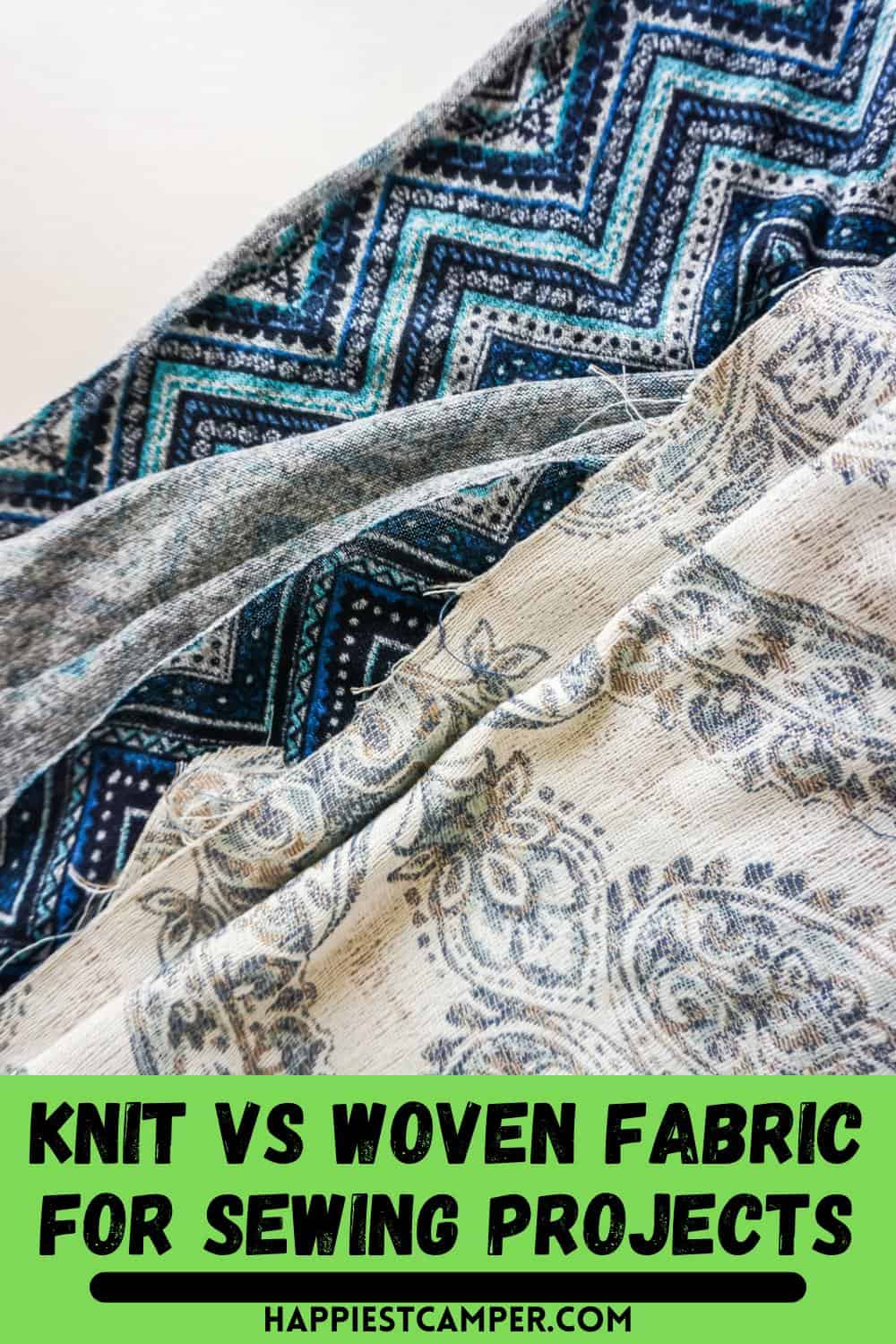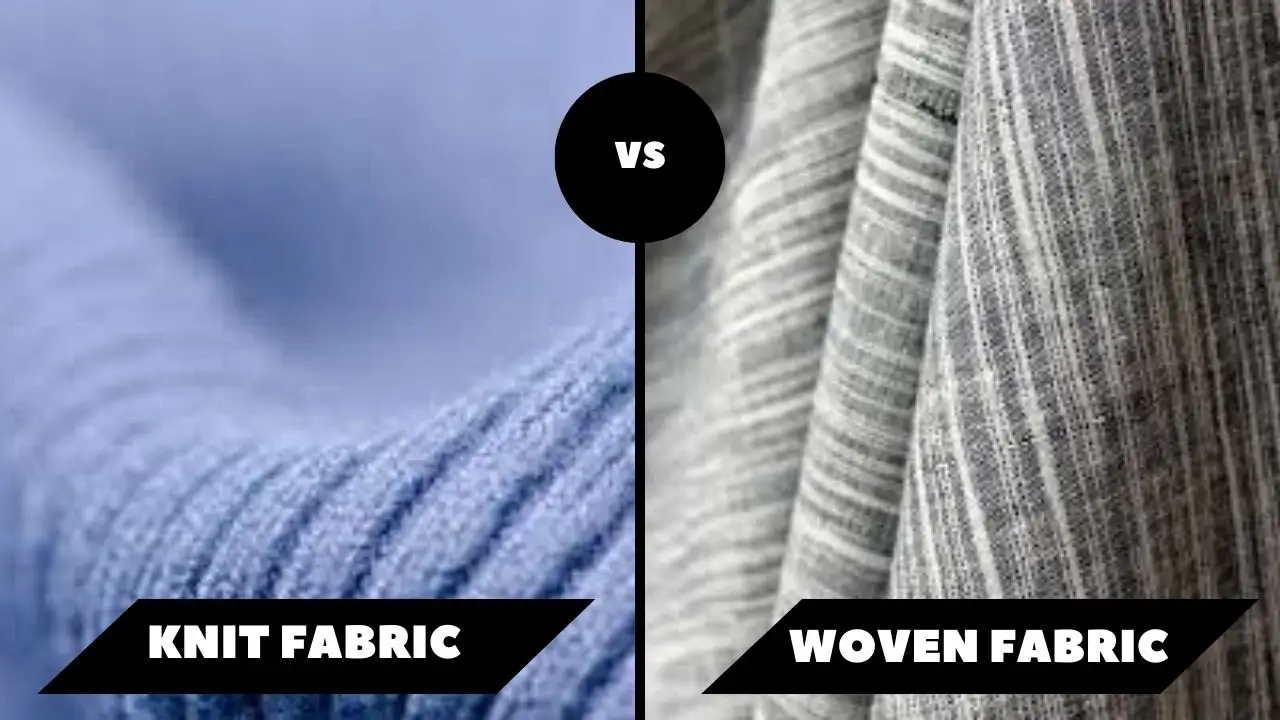Knit Vs Woven Fabric
Knit Vs Woven Fabric - However, the preparation of almost all fabric falls under two. What’s the difference and how to use them. Web a knit is either sold as a tube or flat. But if you’re not in the factory making the fabric, how do you tell? Examples include button up shirts, trousers, jeans, denim jackets. Web table of contents. And, moreover, how is it. Web the main difference between knit and woven fabric is that knit fabric uses a single looped yarn construction, while woven fabric contains a structure of crossed yarns. Knit fabrics, knit fabrics are more flexible and stretchy overall. Web posted on march 15, 2023 by jason mills. Wovens, on the other hand, will. Knit fabric stretches a lot when pulled by its width and some stretch when pulled by its length. Examples include button up shirts, trousers, jeans, denim jackets. Watch this to learn ho. The cut edge along the width of he fabric frays. But if you’re not in the factory making the fabric, how do you tell? Identifying knit and woven fabric. Woven fabric has the advantage of durability. A knit fabric is made up of a single yarn, looped continuously to produce a braided look. 10 key difference between knit and woven fabric. Knitting, looping and crocheting involves interlacing loops of yarns which are formed either on a knitting needle, normal needle or a crochet hook. Web knit fabrics are made up of loops and knit one on top of the other, whereas woven fabrics are created by a loom with threads running parallel to each other. This results in a denser, heavier. Web written by masterclass. Woven fabric has the advantage of durability. Choosing the fabric is one of the essential aspects when it comes to sewing. Jun 7, 2021 • 9 min read. Of these, woven and knit spacer fabrics are the most prominent and have many varied applications in technical textiles. Web spacer fabrics can be woven, nonwoven, braided, or knitted. Knit fabrics, knit fabrics are more flexible and stretchy overall. Braiding involves twisting threads together into a cloth. What’s the difference and how to use them. The lengthwise edges of a woven fabric, called the selvages, are strong and don’t move. Knitting involves interloping or interlacing a single yarn or thread. Fabric can come from various materials, including linen, rayon, spandex, lycra, viscose, and cotton. Web caroline april 1, 2021. Web written by masterclass. Knitting, looping and crocheting involves interlacing loops of yarns which are formed either on a knitting needle, normal needle or a crochet hook. Of these, woven and knit spacer fabrics are the most prominent and have many varied applications in technical textiles. In a nutshell your t shirts are made from knits and your button up shirts are made from wovens. A knit fabric is made up of a single yarn, looped continuously to produce a braided look. However, the preparation of almost. Knits are soft, breathable, and conform well to the body for a natural drape. Knit fabrics offer stretch and comfort, ideal for activewear and casual wear. Choosing the fabric is one of the essential aspects when it comes to sewing. Woven fabrics are produced by the interlacing of two sets of yarn and knitted fabrics are formed by the interloping. Wovens, on the other hand, will. Web in terms of flexibility and stretch in woven vs. Therefore, it's less prone to damage from wear and tear like ripping and snagging. The lengthwise edges of a woven fabric, called the selvages, are strong and don’t move. Home » blissful blazer » sewing with woven & knit fabric. The lengthwise edges of a woven fabric, called the selvages, are strong and don’t move. We already know that the woven fabrics produced by interlacement of two sets of yarn and knitted fabrics formed by the interloping of yarn, have unique characteristics and. Fabric can come from various materials, including linen, rayon, spandex, lycra, viscose, and cotton. On flat knits,. Wovens, on the other hand, will. Identifying knit and woven fabric. Knit fabrics, knit fabrics are more flexible and stretchy overall. Therefore, it's less prone to damage from wear and tear like ripping and snagging. Web the foundation for the entire apparel industry skills set and vendors lies in learning the difference between a knit and woven fabric. 4,5 woven spacer fabrics are a specialized type of multilayered fabric in which two outer layers are formed using two independent warp systems with a third warp. And, moreover, how is it. On flat knits, factories apply round blobs of starch or glue along the lengthwise edges to prevent them form curling. Home » blissful blazer » sewing with woven & knit fabric. Knit fabrics offer stretch and comfort, ideal for activewear and casual wear. Examples include button up shirts, trousers, jeans, denim jackets. Today’s topic is everyone’s favorite — fabric. Web woven fabric is made by interlocking threads at right angles, while knit fabric is created by looping together yarn. When choosing the correct material for a project or application it is important to understand the differences between knits, wovens and nonwovens (and how the physical differences of the materials will ultimately affect the performance of the final product). Woven fabrics provide structure and durability, perfect for tailored and formal attire. 100% would mean a 10″ piece of fabric could stretch up to 20″.
What are the Differences between Knit, Woven and Nonwoven Fabrics?

Woven Fabrics Vs Knit Fabrics 3 Key Differences Dinesh Exports

Difference between woven fabric and knit fabric Woven vs knit fabric

Woven Fabric vs Knit What is The Difference? Which is Better?

Knit Vs. Woven Fabric What's the diff? YouTube

Woven vs. Knit Fabrics Understanding the Key Differences for Sewing

The Difference Between Knit & Woven Fabrics And Why it Matters!

Knit vs Woven Fabric What are the Main Differences?

Woven vs Knit fabrics Difference Between Woven and Knit Fabric YouTube

Knit vs Woven Fabric What is The Difference? Knitting Cut
What’s The Difference And How To Use Them.
Woven Fabrics Will Not Stretch, But Knit Fabrics Do.
Fabrics Fall Generally In Two Categories:
50% Stretch Would Mean A 10″ Piece Of Fabric Can Stretch Up To 15″.
Related Post: